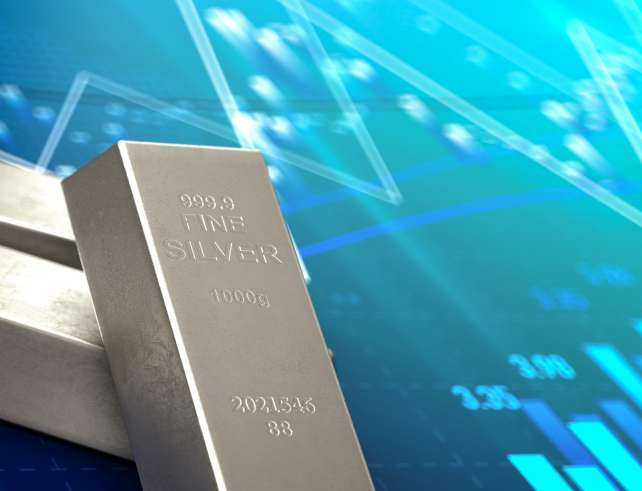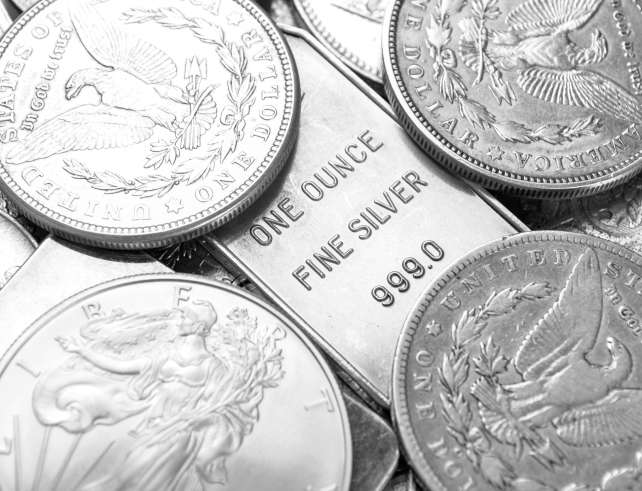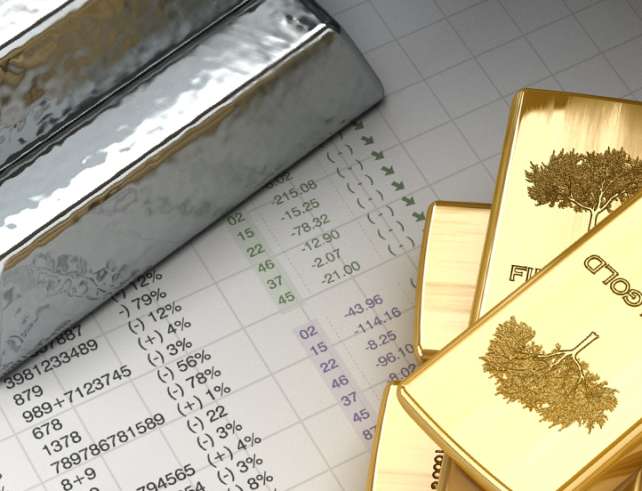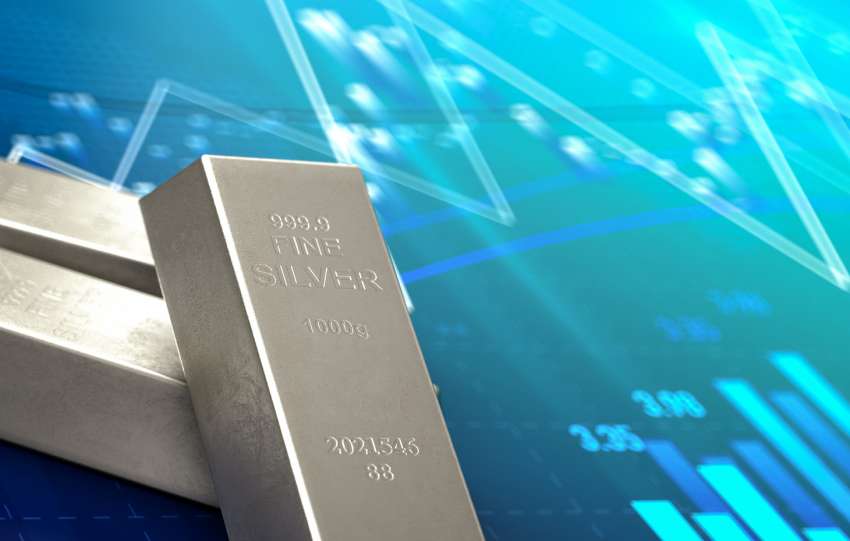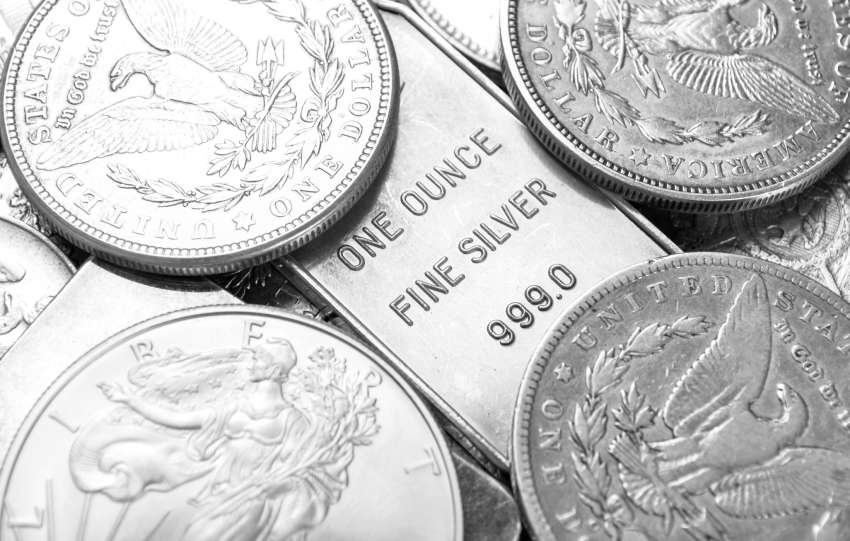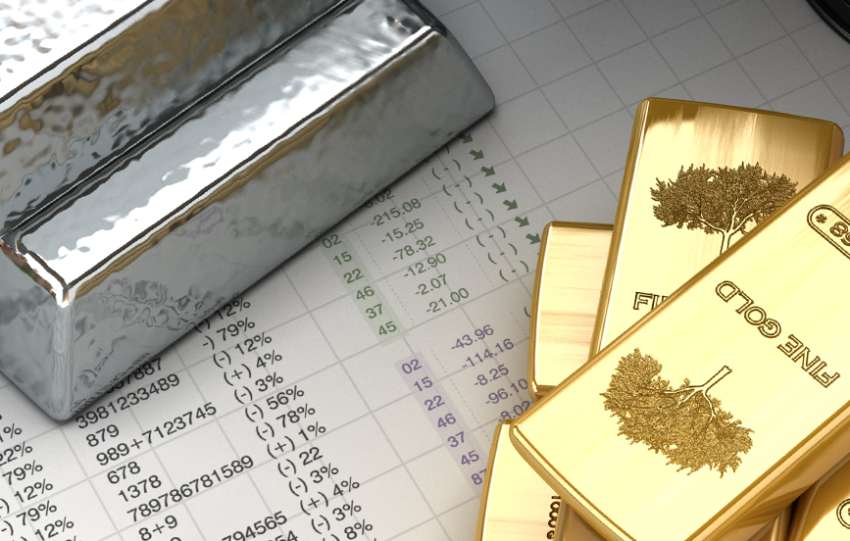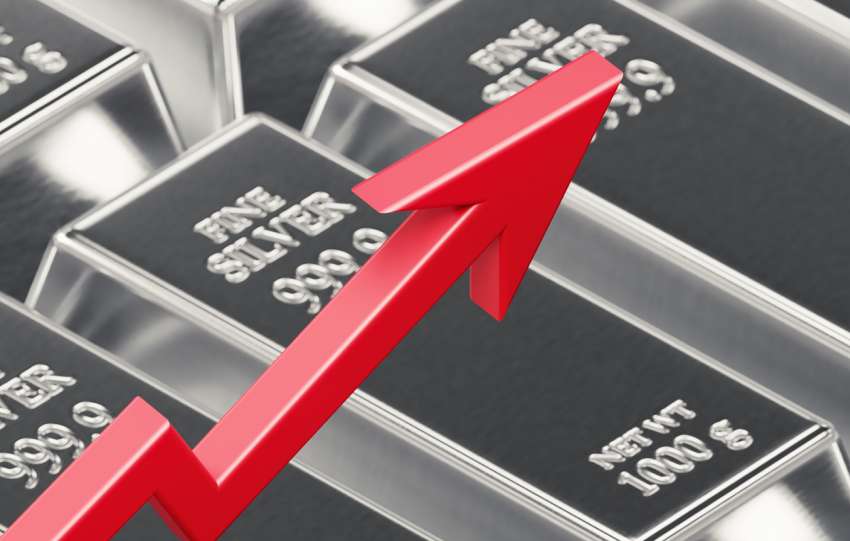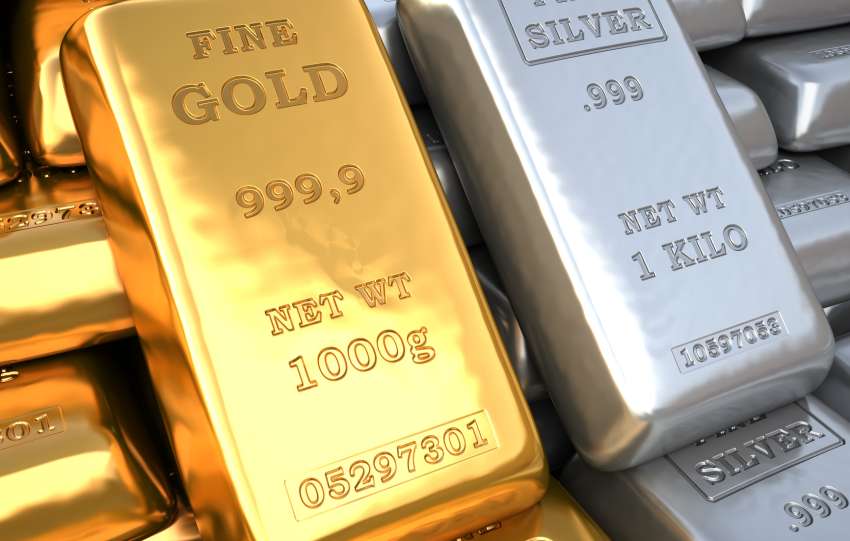Precious metals have served as a store of value for thousands of years. This is why many people like to have bullion in their portfolio when they retire. While there are a variety of ways to do this, investing in silver for retirement has become an increasingly popular strategy.
The popularity of silver fluctuates. Prices can surge during an expected short squeeze, and they can drop during supply surpluses. These short-term changes, however, don’t predict long-term performance. So, how can someone know if the precious metal is ideal for a retirement plan?
There are a variety of factors to consider, but it’s a simple fact that bullion can improve your portfolio. If you understand why this is true, though, it can help you make better long-term financial decisions. Investing in silver for retirement can be profitable, but it’s important to make informed decisions.
Is Investing in Silver for Retirement a Smart Move?
People invest in silver for a variety of reasons. For many, it’s a simple matter of storing value for the future. While assets like stocks and even cash might lose all their value, this simply isn’t the case for precious metals. The white metal has held worth for thousands of years.
Of course, people investing in silver for retirement have other goals in mind. In most cases, they want to see a return on their investment.
Fortunately, the price of silver rarely remains stationary. In fact, it outperformed gold in the first few months of 2021. This shows that the white metal has just as much potential — if not more — as we see in gold. There are also several other benefits you get when purchasing silver:
- Performance in varying economies: Precious metals often perform well during poor economic times due to their ability to store value. Silver is also an industrial metal, though, so it can also perform well during booming economies.
- An affordable precious metal: While prices can change in an instant, silver has long been the most affordable of the precious metals. You can buy an ounce of silver for literally a fraction of an ounce of gold.
- Gold ratio shows promise: The gold-silver ratio — which tells how many ounces of silver one ounce of gold costs — was 47:1 during the 20th century. It now ranges between 50 and 70, so many experts believe a correction is coming.
Each of these reasons explain why investing in silver for retirement might be a great idea. Of course, this isn’t all you need to know. Sure, you could run out now and buy silver bullion bars or mining stocks. Before you make these decisions, though, it’s important to know what you’re getting.
The following sections will give you a better understanding of your options.
Ways to Invest in Silver for Retirement
There are a variety of ways to invest in silver. And when you’re looking to invest for retirement, you’ve got even more options. Understanding each of these approaches is vital for making an informed decision. And when planning for retirement, being informed is absolutely paramount.
Buying Physical Silver for Retirement
Buying silver bullion is one of the most popular ways people invest in precious metals for retirement. Unlike other strategies, owning physical metals gives you a tangible asset you can use whenever you want. This is especially important for those who worry about possible economic collapse.
Even if you don’t expect a cataclysmic event, though, owning physical silver simply gives you more options. You can sell it whenever you want due to high liquidity. You can easily transfer it to heirs. You can even use it for certain silver IRA plans — which we’ll discuss in more detail later.
Invest in Paper Silver
You’ve no doubt heard the term paper gold used to describe alternative methods of investing in gold. Rather than taking physical possession of bullion, you purchase things like stocks and exchange-traded funds (ETFs) that track the price of gold. You can take the same route with paper silver.
While there are ETFs that invest in physical bullion, most buy into stocks within the silver industry. In either case, you’ll need to worry about external economic factors. Whether it’s high management fees or bad corporate decisions, your investment might not always track silver.
Investing in a Silver IRA
An individual retirement account (IRA) offers a tax-beneficial way to save money for retirement. While most of these accounts do not allow for investing in precious metals, an increasing amount of IRAs created for that specific purpose have emerged recently.
Precious metal IRAs have become a popular way to invest in silver for retirement. It’s possible to purchase physical bullion — as long as it meets government standards — and have it stored by the account custodian. This allows people to combine silver with more traditional retirement plans.
If you want to go this route, make sure you do it the right way. Review our Precious Metals IRA page before getting started.
Silver and 401(k) Plans
If you have a 401(k) plan through your employer, there are ways to invest in silver for retirement with it. Unfortunately, these plans do not offer the ability to buy physical bullion. If you have time to look through fund descriptions, though, you might just find a surprising amount of opportunities.
That’s because 401(k) plans include securities from every industry. Yes, this includes the precious metals industry. Companies that handle the exploration, mining, production and refining of silver offer indirect ways to invest in the white metal.
The important thing to remember is that you’re still only investing in paper silver. You know from earlier sections that this comes with a variety of disadvantages. Most importantly, you’re not investing in actual silver for retirement. This often leads folks to steer clear of this option.
What’s the Best Way to Invest in Silver for Retirement?
If you’re really interested in having silver in your retirement plan, though, we recommend going the route of physical bullion. This puts a tangible asset in your hands, and that means your options now and in the future will remain vast.
If you have questions related to the many ways of investing in silver, review our Precious Metals Blog to learn more.
Diversification Is Key With Silver for Retirement
When you’re planning for retirement, including silver in your portfolio can do wonders. You’ll come across some people, however, that recommend you focus entirely on precious metals. In most cases, these recommendations come from folks trying to sell you something.
In reality, diversification is key with any investment plan. This means that — while buying silver for retirement can be a brilliant strategy — it shouldn’t be your only strategy. Assets like stocks, mutual funds, real estate and even collectibles can go a long way in planning for the future.
Some financial experts recommend making precious metals about 10% of your portfolio. Others suggest that this proportion should be closer to 20%. If you go for the upper limit, think about investing in other precious metals (e.g., gold, platinum) in addition to silver.
It’s a simple fact that all your investments can fluctuate in value. When you diversify your holdings, though, your assets can counteract temporary fluctuations in certain markets.
Start Buying Silver for Retirement Today!
There is no guaranteed investment strategy out there. If there were, everyone would have a decent nest egg once retirement rolled around. There are certain assets, though, whose performance we cannot ignore. Even with short-term fluctuations, they hold value over the years.
Silver and other precious metals certainly fall into this category. And as long as you don’t put all your eggs into a single basket, they can help you secure financial security for your future. This is why you should seriously consider investing in silver for retirement.
At Silver Gold Bull, we strive to ensure our clients have the widest selection of precious metals for their investment plans. Visit our Silver Bullion Products page today to see your options, but don’t be afraid to explore our many other bullion products. We no doubt have something you’ll love!


